The Internet has changed human life around the world, and one major way has been in the form of e-commerce. Annual U.S. retail e-commerce sales now exceed $320 billion, according to the U.S. Department of Commerce. It’s even sustained 15% year-over-year growth, and retail e-commerce sales now account for more than 10% of total sales.
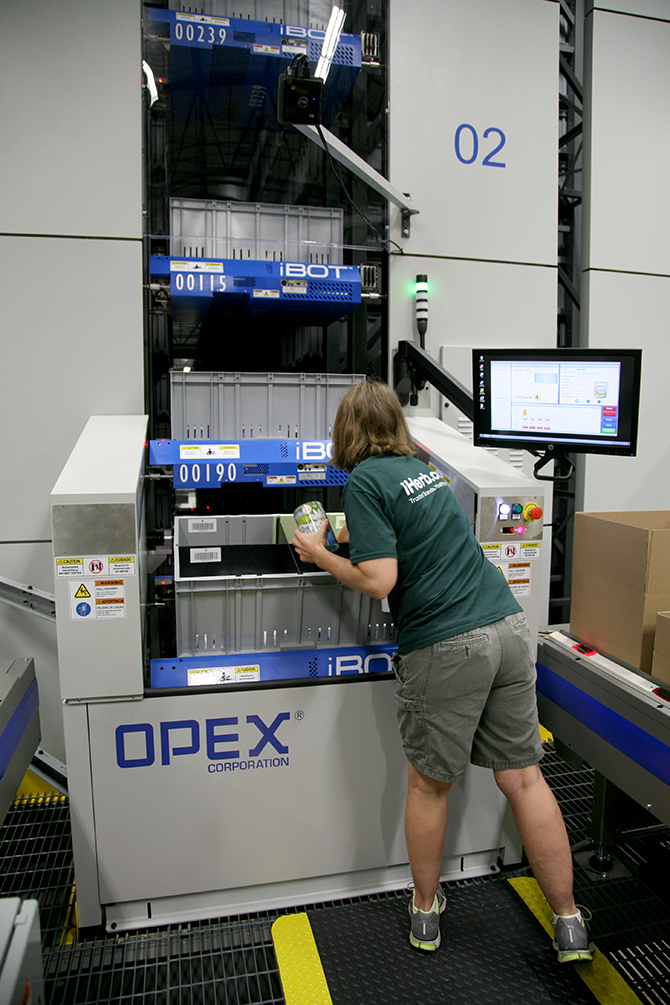
No wonder then that more businesses than ever are eschewing brick-and-mortar stores for online-only selling. Consider iHerb, founded in 1996 to sell quality herbal and nutritional supplements. Today, the company has expanded to sell bath and beauty products, specialty grocery items, and other items for pet care, aromatherapy, and fitness. In fact, iHerb sells more than 35,000 different products from more than 1,000 brands to customers in more than 150 countries.
Core to operations is a new distribution center in Hebron, Ky. This facility includes an automated goods-to-person picking system to quicken order fulfillment and maximize product storage. iHerb’s inventory and shipping originally went through one warehouse in Moreno Valley, Calif., but the company needed to expand operations with an East Coast facility.
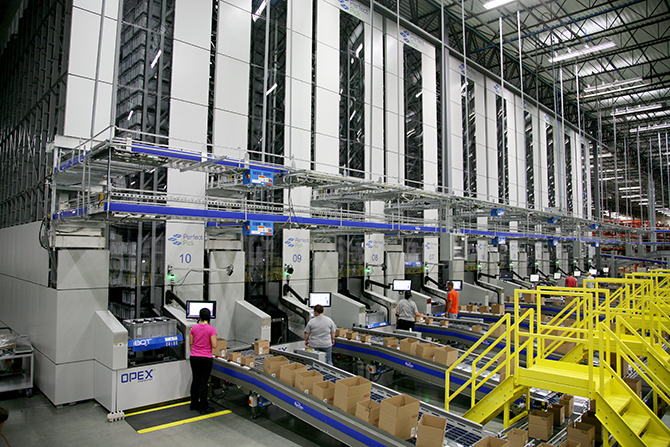
The 390,000-square-foot Moreno Valley warehouse opened in 2010 as the company’s first automated facility. It’s a climate-controlled facility with Good Manufacturing Practices certification and almost 100% accuracy for orders shipped globally. But iHerb wanted to get orders out faster from the Hebron facility — and wanted to implement something more efficient than batch picking. This approach bunches orders into batches instead of individually processing each one — which ultimately takes more time than modern pick-to-order approaches. The system also relies on manual processes ripe for automation.
Today, a warehouse management system (WMS) processes orders in batches to help workers find the products and needed quantities. Items are then hand-placed in totes sent downstream on conveyors to workcells, where other personnel uses radio-frequency (RF) scanners to log each product.
A light corresponding to each product scan identifies the shipping container into which each product should go … and a stoplight indicates when an order container is complete. Then the container goes onward to sealing, weighing, and shipping.
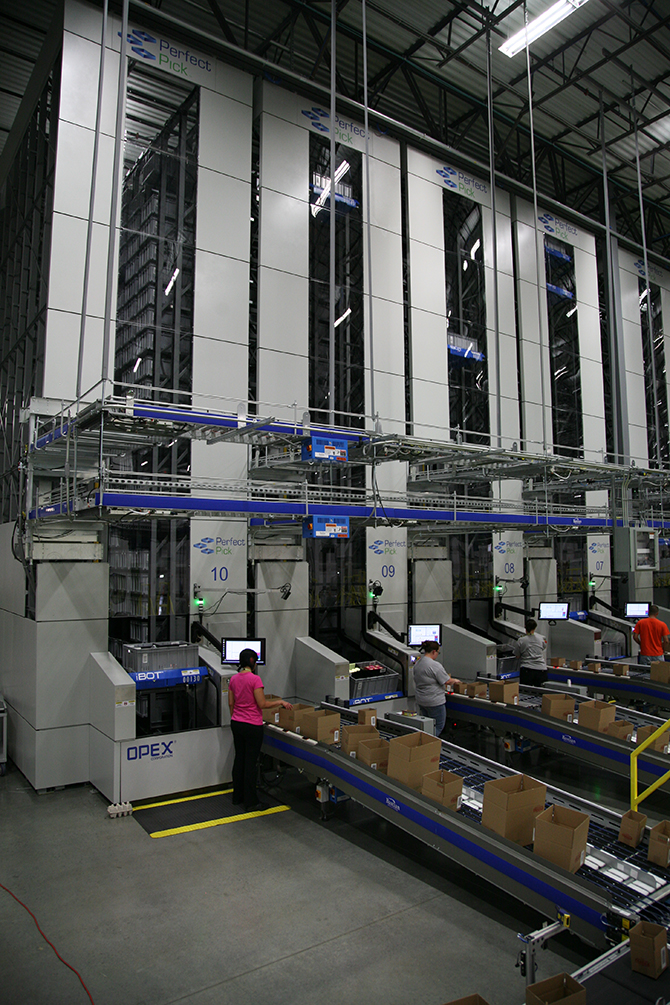
iHerb teamed with Rockwell Automation OEM Partner Bastian Solutions to design the Hebron facility. It implemented the pick-to-order system because it wanted to let products get picked in real-time to each customer sale. It also harmonized the warehouse’s machine and human activities. That way, the correct products for each order get pulled from inventory and go to packing operators in tandem with an appropriate shipping container. Complementary systems run these tandem operations:
- A pick-to-order system contains 10 inventory aisles with robots to locate and pick products. Products are in totes and go to operators at workcells on 10 corresponding conveyor lines. In addition, a put-to light system guides workers to place products in the right shipping containers.
- A material-handling system (including carton-erecting machines, sorters, 48 RF scanners, labeling and weighing machines, and packing-material dispensers) calls one of nine box sizes for each new order. A carton erector shapes each box which then rides on a conveyor to an operator (who concurrently receives products from the pick-to-order system). All the binned products get transferred to the shipping container (with light-directed picking for iHerb’s popular products). Then a conveyor sends the completed container onward for packing, weighing, and shipping.
Two panels with Allen-Bradley L72 ControlLogix controllers control the carton-erecting equipment and conveyors and interface with the pick-to-order setup. One remote panel with a third ControlLogix controller executes motor controls. Operators run material-handling operations while monitoring the conveyor and key metrics — including RF scanner read rates — using Rockwell FactoryTalk View HMI software.
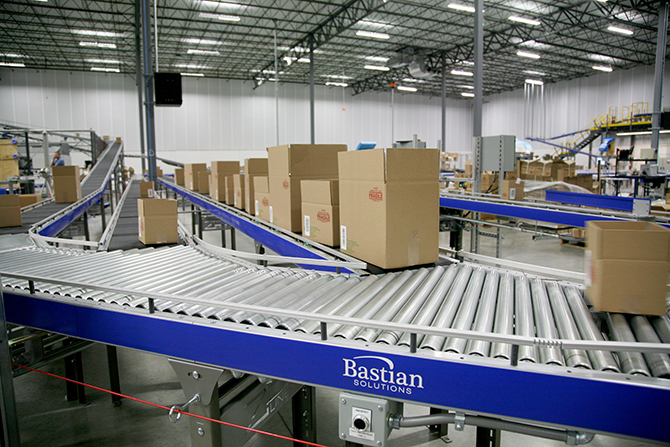
13 field boxes with Allen-Bradley POINT I/O racks sit at areas with high I/O concentrations. The racks allow local wiring of I/O devices (to avoid the problem of having to bring wiring back to one of the two master control panels). That simplifies installation because it eliminates field wiring. In fact, machine control, I/O, and HMI data all execute on an Ethernet network with host-system communications.
Today, iHerb processes orders (from induction to shipping) in as little as 15 minutes. Workers can fulfill up to 20,000 orders (containing as many as 100,000 individual products) every shift with an accuracy of 99% or so. The system boosts labor efficiency by about 300% compared to that for batch processing, as aisle operators pick up to 800 items every hour.
“Order-fulfillment speed, order accuracy, and improved efficiencies have made the Hebron facility a success,” said iHerb Hebron director of operations Kurt Cheek. “This facility positions us for continued order-volume growth.”
The facility currently operates one outbound shift, but could easily expand. If ever needed, the control architecture could also support more lines (for up to 30% more capacity) without more programming or hardware. The control architecture also made installation and commissioning easier to helping the facility go operational in four months.
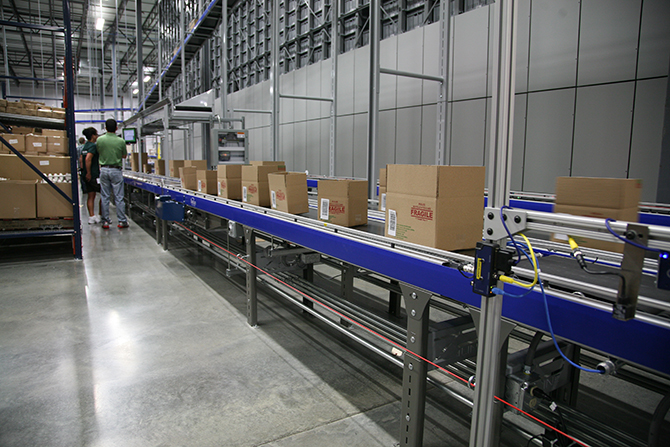
Case in point: One workstation program was written in Rockwell Software Studio 5000 Logix Designer software and then replicated for 20 workstations using identical tasks … so there was no need to program each station from scratch.
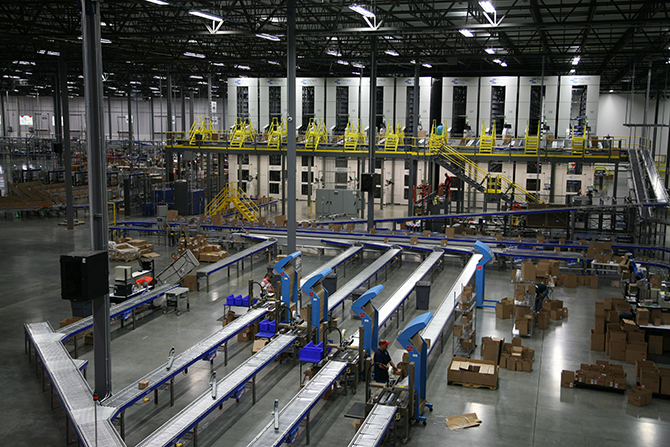
iHerb is now expanding and upgrading the Moreno Valley operations to employ the same approaches instituted at the Hebron facility.
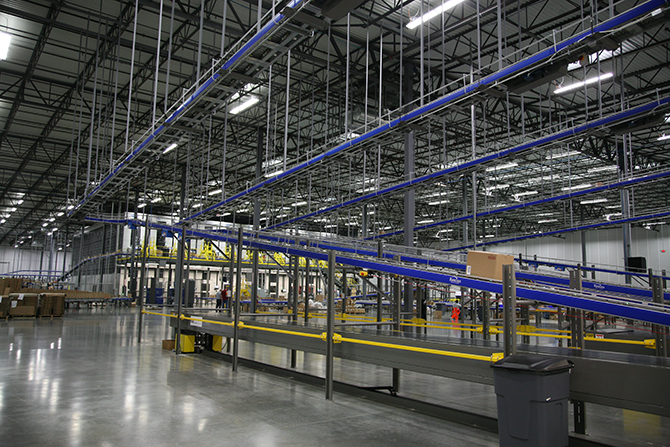




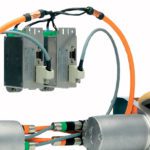


Leave a Reply
You must be logged in to post a comment.